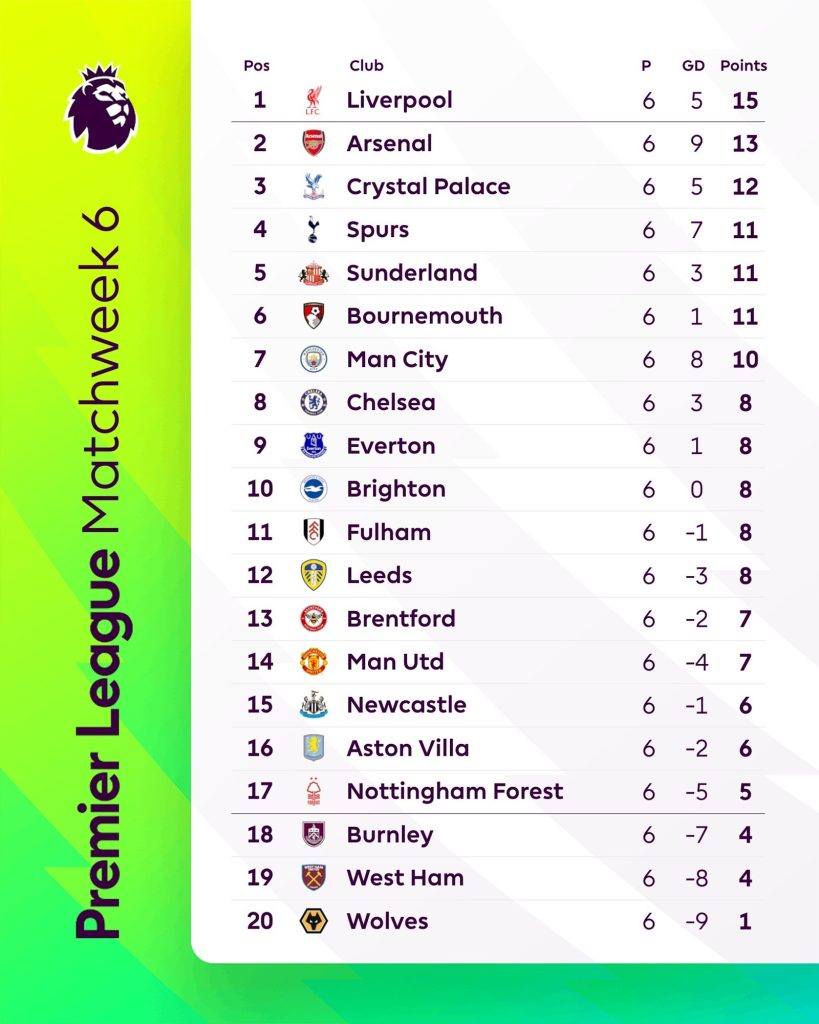
▶️ After Six Premier League Games, 🤖 Supercomputer Now Predicts Where Everton Will Finish – This Shocks the World 🌎😳🚨
▶️ After Six Premier League Games, 🤖 Supercomputer Now Predicts Where Everton Will Finish – This Shocks the World 🌎😳🚨
Everton’s struggles in the early stages of the Premier League season have taken another twist, as the latest supercomputer prediction has delivered a result that no fan wanted to see.
After six games, the Toffees have picked up only a handful of points, looking shaky at the back and blunt in attack. Their poor start has raised alarm bells across Merseyside, and now the data-driven forecast suggests that Everton could finish as low as 17th – or even suffer relegation.

From Hope to Fear 😳
Once a proud club with European ambitions, Everton now face the terrifying prospect of another season battling at the bottom. The supercomputer’s projection comes after analysing form, goal difference, squad depth, and fixture difficulty – and the numbers do not look good for Sean Dyche’s side.
Despite passionate support at Goodison Park, the lack of goals, injuries to key players, and an inability to close out matches are factors dragging the club into danger.
Fans in Shock 🌍🚨
The news has stunned the football world. Everton, one of the longest-serving clubs in the Premier League, have avoided relegation by the narrowest of margins in recent seasons – and supporters fear this could be the year their luck finally runs out.

On social media, reactions have been mixed. Some fans believe the Toffees can fight back with a strong winter run, while others admit the warning signs are too clear to ignore.
What Next?
With the supercomputer tipping Everton for a finish that could spell disaster, pressure is mounting on Dyche and his players to turn things around fast. If results don’t improve soon, the club may find themselves stuck in the relegation scrap all the way until May.
For a team with such rich history and tradition, relegation would shock not only the Premier League but the entire footballing world.




